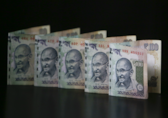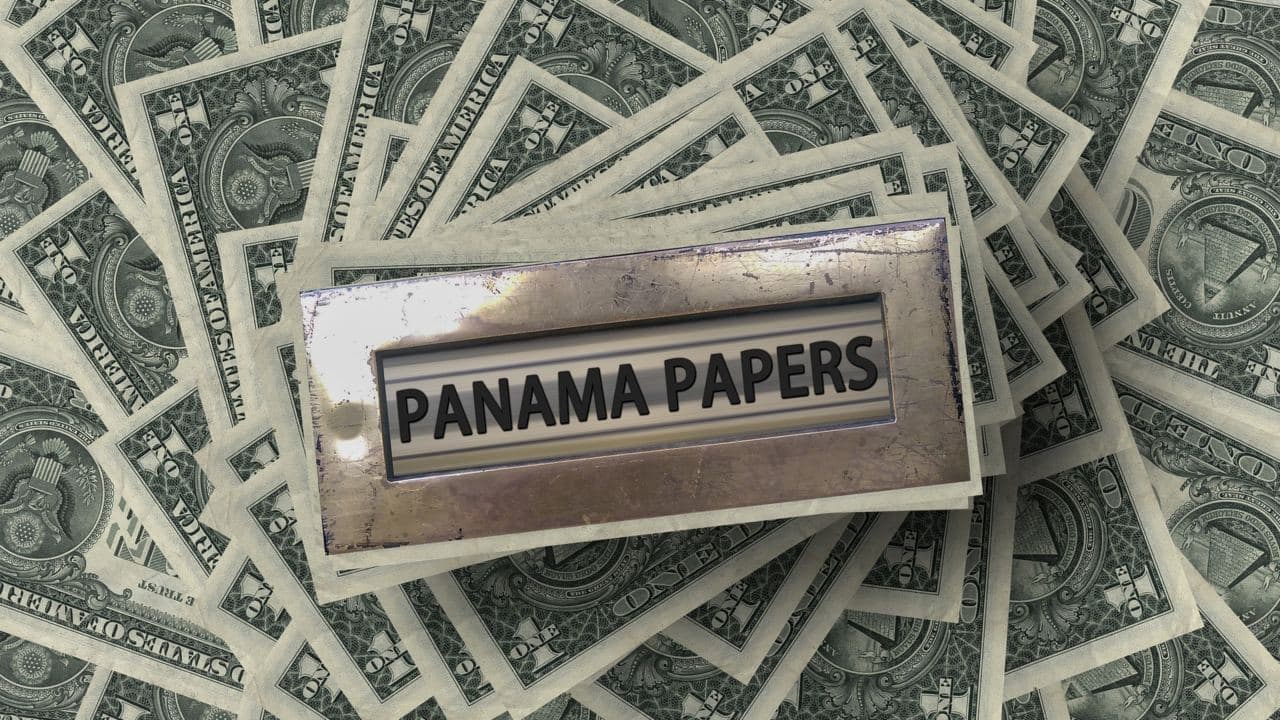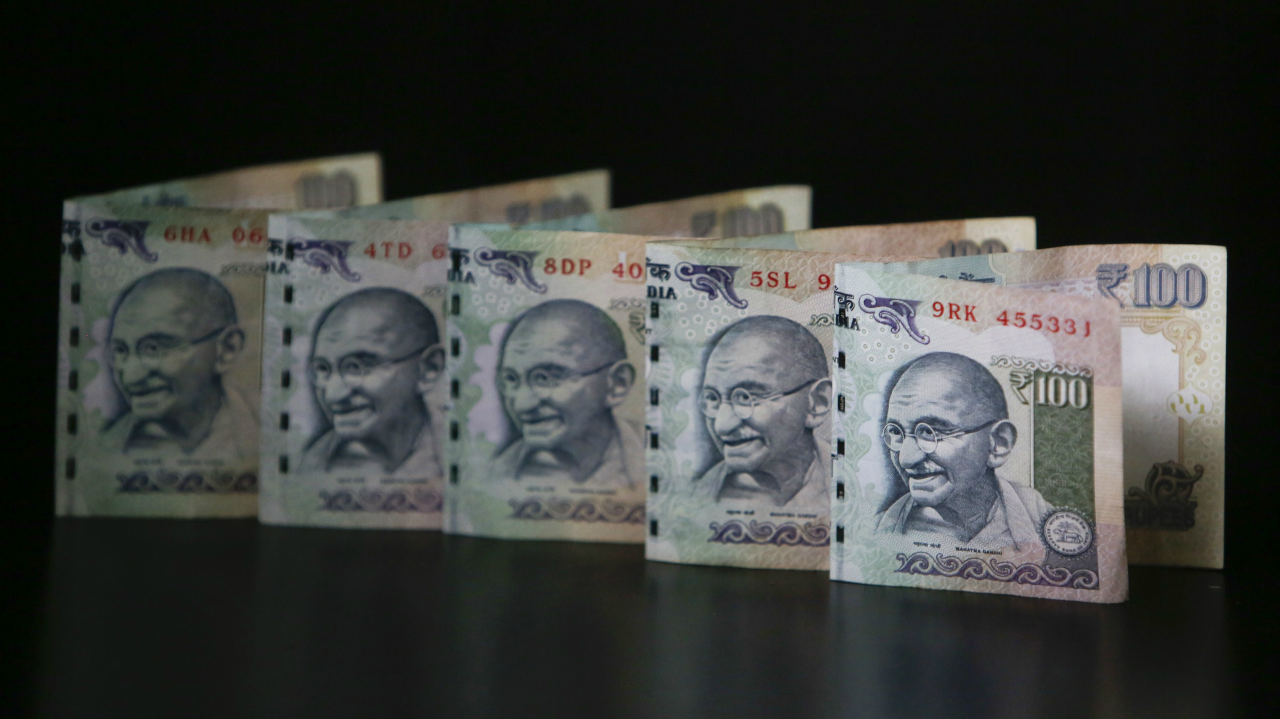West Bengal government okays daily Delhi-Kolkata direct flights
Earlier, direct flights between Delhi and Kolkata were operated three days a week.
December 14, 2020 / 07:36 PM IST
Planes parked at IGI airport in New Delhi.
The West Bengal government has approved daily direct flights between Delhi and Kolkata. Earlier, direct flights between the two metros were operated three days a week ever since the COVID-19 pandemic broke out in the country.
The Trinamool Congress government had on June 4, 2020, banned direct flights to and from Delhi. Apart from this, the state government had also banned direct flights to and fro from five other Covid-19 hotspots including Mumbai.
Passenger flights to Kolkata from 6 corona hotspot cities banned till July 31: Airport
However, with demand rising for direct flights, the state government allowed direct flights on three days a week from September 1. On other days passengers had to opt for connecting flights to reach their destination.
The other destinations where direct flights have been banned by the West Bengal administration are Mumbai, Chennai, Ahmedabad, Pune and Nashik. Here the flights are allowed on selected days.
In the past 24 hours, Delhi reports 1,376 new COVID-19 cases, 2854 recoveries and 60 deaths. With this, the total number of cases in the national capital reached to 6,08,830, while, 5,83,509 recovered. Meanwhile, people died. However, West Bengal registered registered over 2,500 cases and the total count of cases now stands in state at 5.2 lakhs.












_2020091018165303jzv.jpg)


























